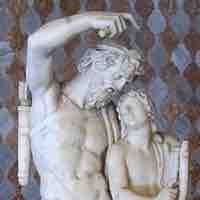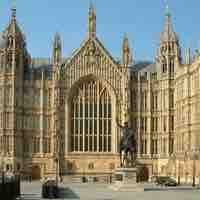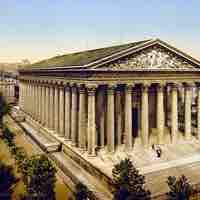Chapter 28
European and American Art in the 18th and 19th Centuries
By Boundless
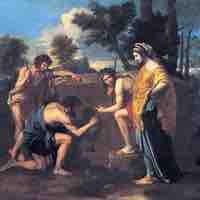
Neoclassicism was the dominant artistic style of the Enlightenment period and drew inspiration from the classical art and culture of Ancient Greece and Rome.
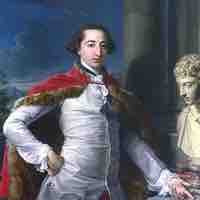
The Grand Tour was a customary trip to Europe undertaken by wealthy Europeans and some Americans.

Rococo salons are known for their elaborate detail, serpentine design work, asymmetry and predisposition to lighter, pastel, or gold-based color palettes.
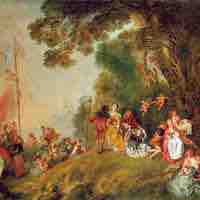
Rococo style in painting echoes the qualities evident in other manifestations of the style including serpentine lines, heavy use of ornament as well as themes revolving around playfulness, love and nature.
18th century Rococo architecture was a lighter, more graceful, yet also more elaborate version of Baroque architecture.
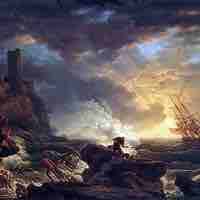
Romanticism, fueled by the French Revolution, was a reaction to the scientific rationalism and classicism of the Age of Enlightenment.
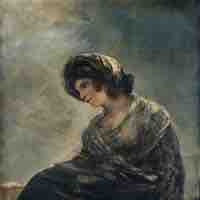
Romanticism was a prevalent artistic movement in Europe during the 18th and 19th centuries.
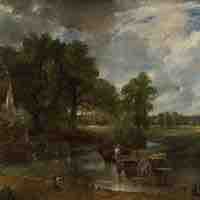
Landscape painting in Europe and America greatly increased in prominence during the 18th and particularly the 19th century.
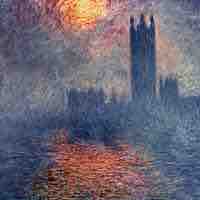
Impressionism is a 19th century movement known for its paintings that aimed to depict the transience of light, and to capture scenes of modern life and the natural world in their ever-shifting conditions.
Édouard Manet, a French painter, was a pivotal figure in the transition from Realism to Impressionism.
Modern sculpture is generally considered to have begun with the work of French sculptor Auguste Rodin.
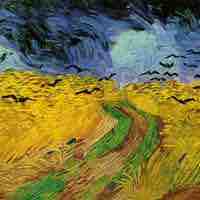
Post-Impression refers to a genre that rejected the naturalism of Impressionism in favor of using color and form in more expressive manners.

Cézanne was a French, Post-Impressionist painter whose work highlights the transition from the 19th century to the early 20th century.
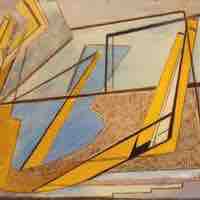
Vorticism, an offshoot of Cubism, was a brief modernist movement in British art and poetry of the early twentieth century.
Symbolism was a late 19th century art movement of French, Russian, and Belgian origin.
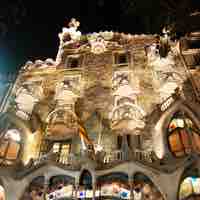
Art Nouveau was an international style of art and architecture that was most popular from 1890–1910.

Building materials spawned by the Industrial Revolution, such as iron, steel, and sheet glass, determined new architectural techniques.
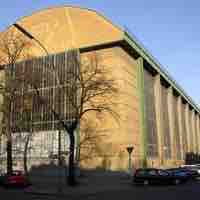
Modern architecture adhered to Louis Sullivan's famous precept, "Form follows function," which called for an absence of ornamentation beyond functional necessity.
The Chicago School of architecture is famous for promoting steel-frame construction and a modernist spatial aesthetic.
